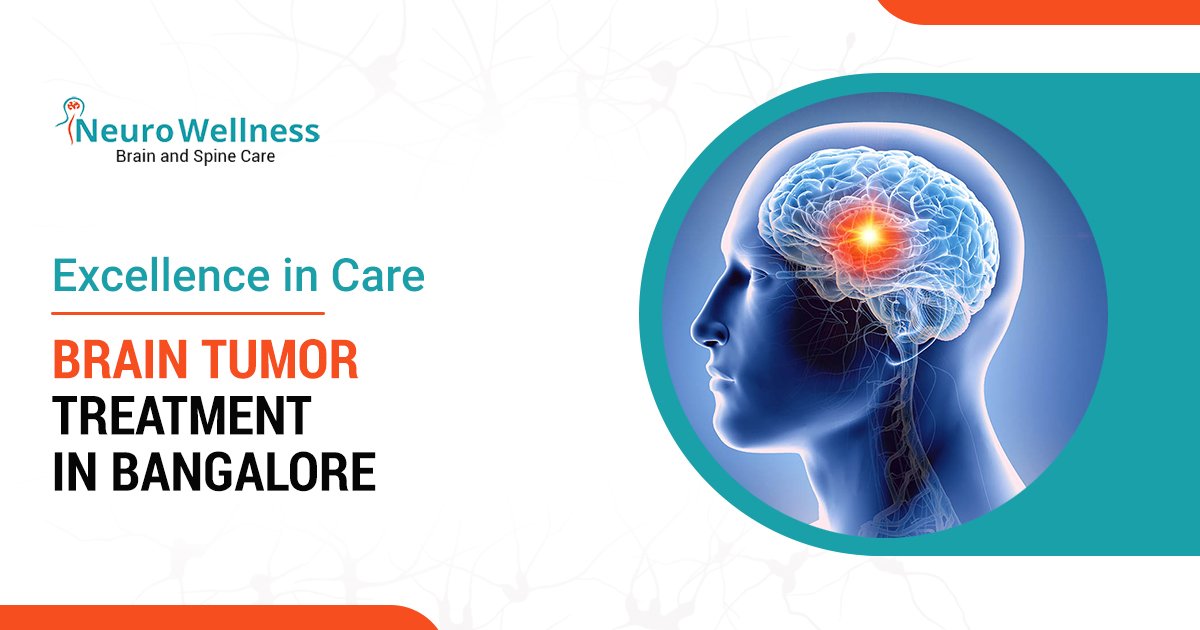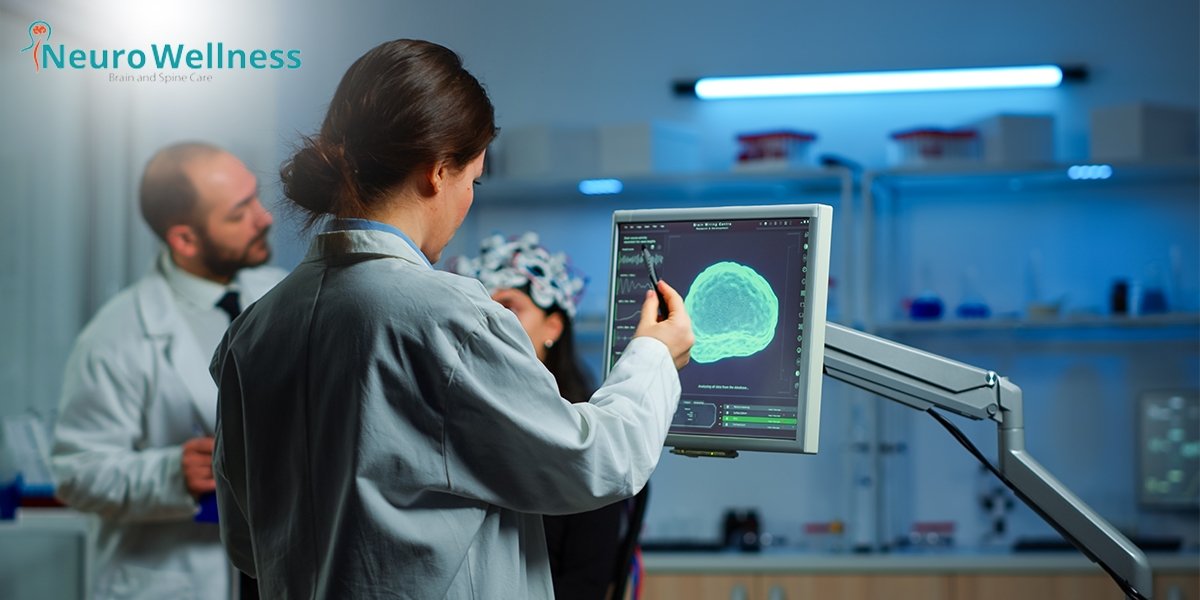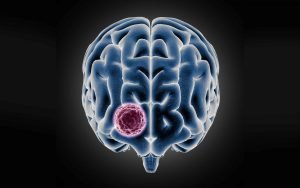Chronic back pain can severely disrupt your daily life, making it difficult to work, enjoy hobbies, and even perform basic tasks. It’s more than just a minor inconvenience—it can be overwhelming. If you’ve been struggling with chronic back pain, finding relief may seem impossible. However, expert care at a brain and spine clinic could be the solution you’ve been searching for.
In this blog, we’ll explore how abrain and spine clinic can provide comprehensive care and personalized treatment plans to help cure chronic back pain.
Understanding Chronic Back Pain
Before diving into the details, it’s essential to understand what chronic back pain is. Chronic back pain is defined as pain that persists for 12 weeks or longer, even after an initial injury has healed. The causes of chronic back pain can vary, but common ones include osteoarthritis, ruptured discs, ligament strain, injuries, or fractures.
Living with chronic back pain can severely impact your quality of life. Simple activities like sitting, standing, or walking can become uncomfortable or even unbearable. Over time, the constant pain can lead to emotional stress, including anxiety and depression.
The Role of a Brain and Spine Clinic
Brain and spine clinic specialize in diagnosing and treating conditions related to the spine, spinal cord, and nervous system. These clinics are staffed with expert doctors, including neurosurgeons, neurologists, and orthopedic specialists. These professionals collaborate to provide comprehensive care and tailored treatment plans for each patient.
The strength of a brain and spine clinic lies in its ability to offer a holistic approach to diagnosis and treatment. Unlike general practitioners, the specialists at these clinics have extensive experience in treating complex spine-related conditions. They use advanced diagnostic tools, such as MRI, to get a clear picture of what’s causing your pain. This precise diagnosis is crucial in developing an effective treatment plan.
Different Ways NeuroSpine surgeon Treat Chronic Back Pain
Neurospine surgeon play a key role in the treatment of chronic back pain, particularly when it involves the nervous system. Here are some personalized approaches that neurologists might use to help their patients
Accurate Diagnosis:
NeuroSpine surgeon begin with an initial consultation to understand their patients’ discomfort and daily challenges. After a thorough consultation, neurologists conduct physical exams and may order imaging studies such as MRI scans to identify the exact cause of the back pain.
Physical Therapy Referral:
Neurospine surgeon s often work closely with physical therapiststo design exercise programs that strengthen the back and improve flexibility, helping to alleviate pain over time.
Recommending Lifestyle Changes:
Neurospine surgeon may suggest lifestyle changes to help reduce back pain. Following these recommendations can be an effective way to manage and control your back pain.
How a Brain and Spine Clinic Can Help Alleviate Chronic Back Pain
Chronic back pain is more than just an inconvenience—it’s a condition that can significantly disrupt your daily life, limiting your ability to work, enjoy hobbies, and even perform simple tasks. If you’ve been struggling with persistent back pain, you might feel like relief is out of reach. However, specialized care at a brain and spine clinic could be the solution you’ve been searching for.
Personalized Treatment Plans
One of the key advantages of seeking care at a brain and spine clinic is the personalized treatment plans they offer. Your journey typically begins with an in-depth consultation, where specialists take the time to understand your symptoms, medical history, and lifestyle. This comprehensive evaluation allows them to tailor a treatment plan specifically to your needs.
For many patients, non-surgical treatments are the first line of defense against chronic back pain. These may include physical therapy, medications to reduce inflammation and pain, or injections to alleviate nerve irritation. Lifestyle modifications, such as weight management, ergonomic adjustments, and exercises, are also often recommended to support your recovery.
When non-surgical treatments don’t provide sufficient relief, minimally invasive surgical options may be considered. Procedures such as microdiscectomy, spinal fusion, or spinal decompression can address the underlying cause of the pain with reduced recovery times compared to traditional surgeries. The goal is always to find the least invasive yet most effective treatment for each patient.
Conclusion:
Chronic back pain can be a challenging condition to live with, but it doesn’t have to control your life. Brain and Spine Hospital in Bangalore offers a specialized, personalized approach to diagnosing, treating, and managing chronic back pain. With personalized treatment plans, advanced diagnostic tools, and a focus on long-term care, these Brain and Spine Hospital in Bangalore can help you find relief and regain your quality of life.
If you’re struggling with chronic back pain, don’t wait any longer—consult a Neurowellness Brain and Spine Hospital in Bangalore today and take the first step towards a pain-free future.
FAQs
1. What specialist should I see for chronic back pain?
You should consult a Brain and Spine Clinic where neurosurgeons and spine specialists can identify the root cause of your pain. At Neurowellness Brain and Spine Clinic in Bangalore, experts provide advanced treatments tailored to each patient.
2. Can back pain be related to brain or spine issues?
Yes. Chronic back pain is often linked to spinal disc problems, nerve compression, or degenerative spine conditions. A Brain and Spine Clinic can carry out advanced imaging and diagnosis to confirm if your pain originates from the spine or nervous system.
3. When should I stop home remedies and see a doctor for back pain?
If your back pain lasts more than two weeks, radiates to your legs, causes tingling, weakness, or affects bladder/bowel control, it’s time to visit a Brain and Spine Clinic for specialist care.
4. Does every case of chronic back pain require surgery?
No. Most patients improve with non-surgical treatments such as physiotherapy, medications, and posture correction. Surgery is only recommended at a Brain and Spine Clinic if conservative treatments fail or there is severe nerve compression.
5. How does Neurowellness Brain and Spine Clinic in Bangalore help with chronic back pain?
Neurowellness offers a full spectrum of care including diagnostic imaging, physiotherapy guidance, minimally invasive procedures, and advanced neurosurgical treatments, all under one roof in Bangalore.











